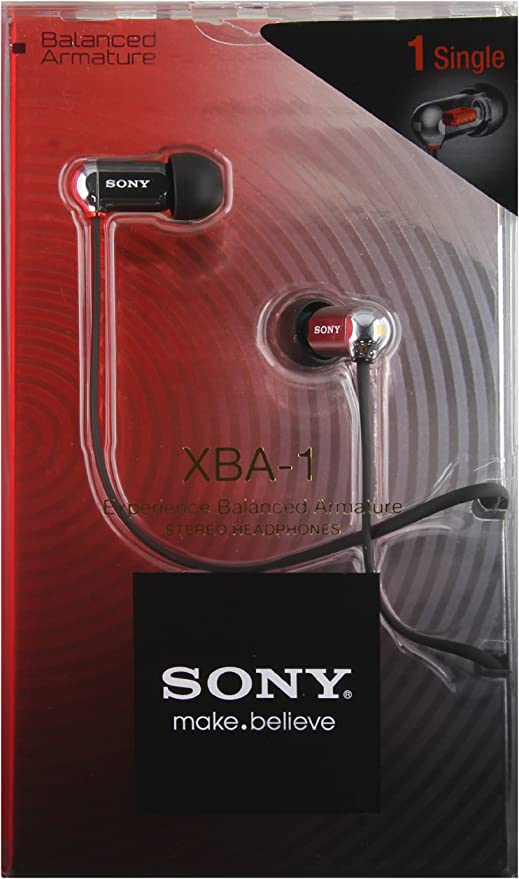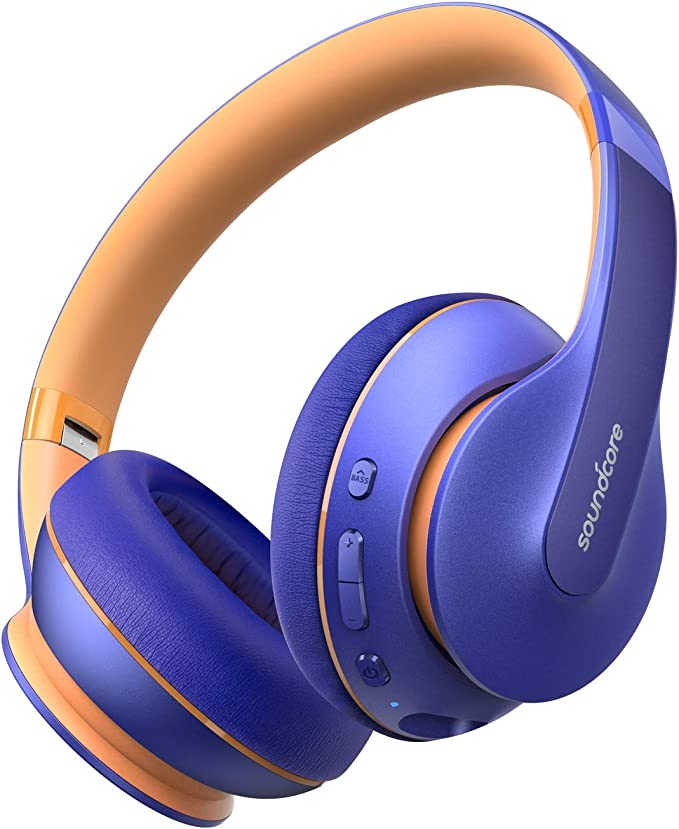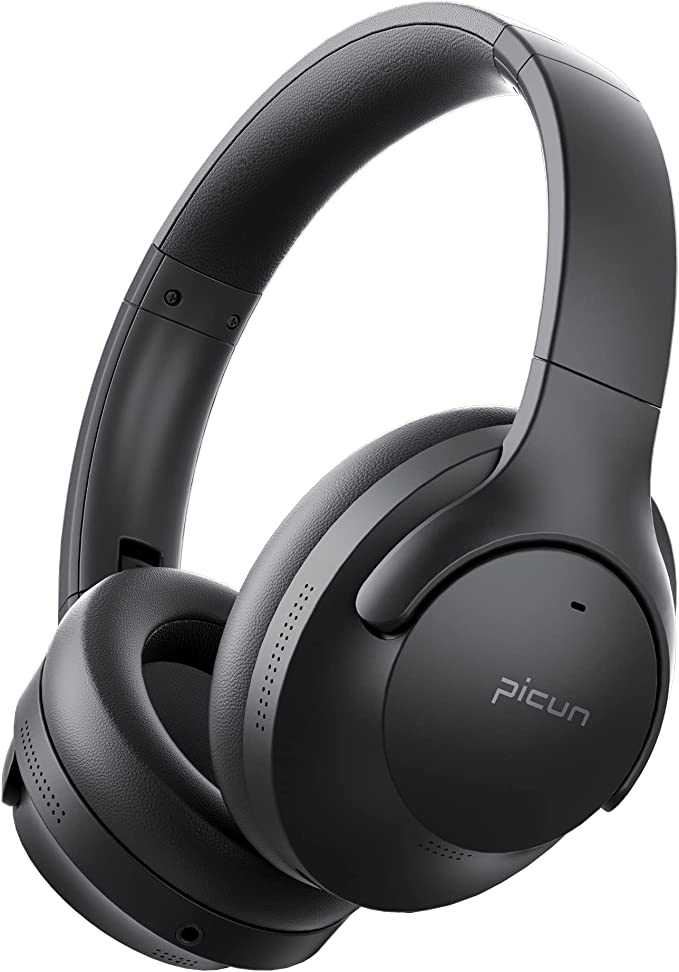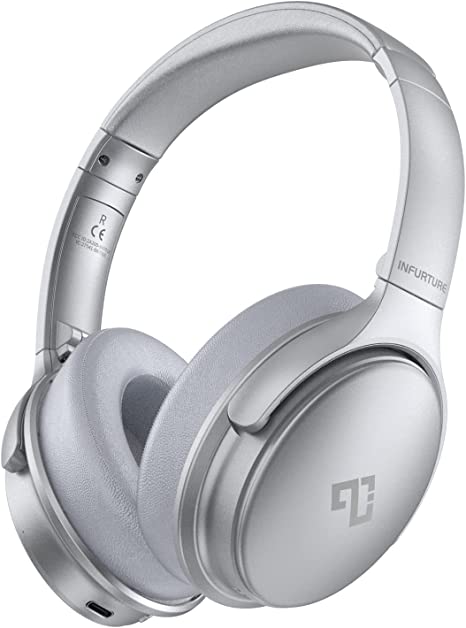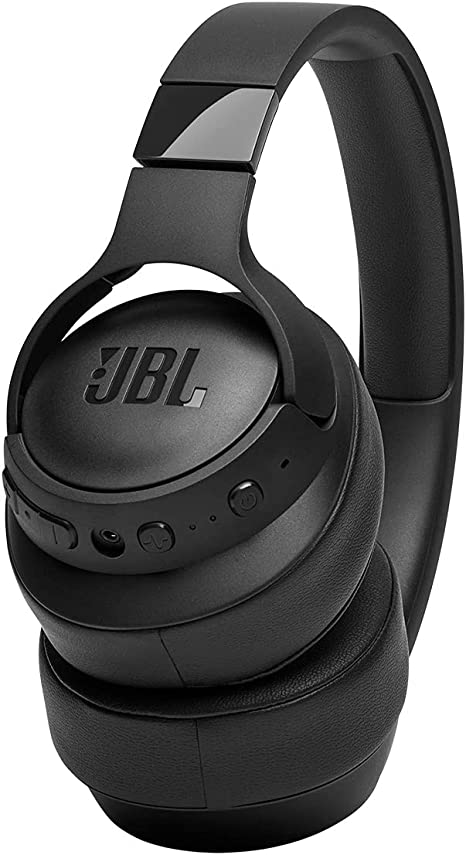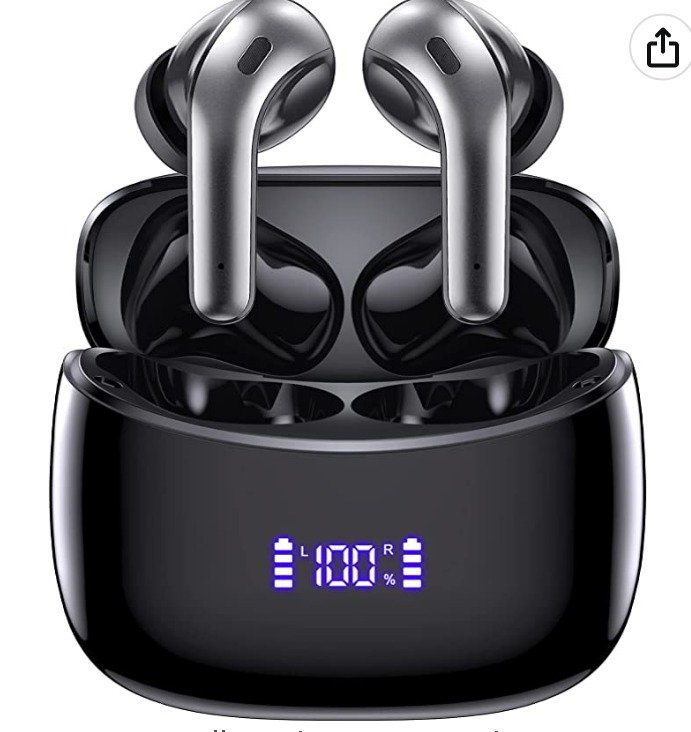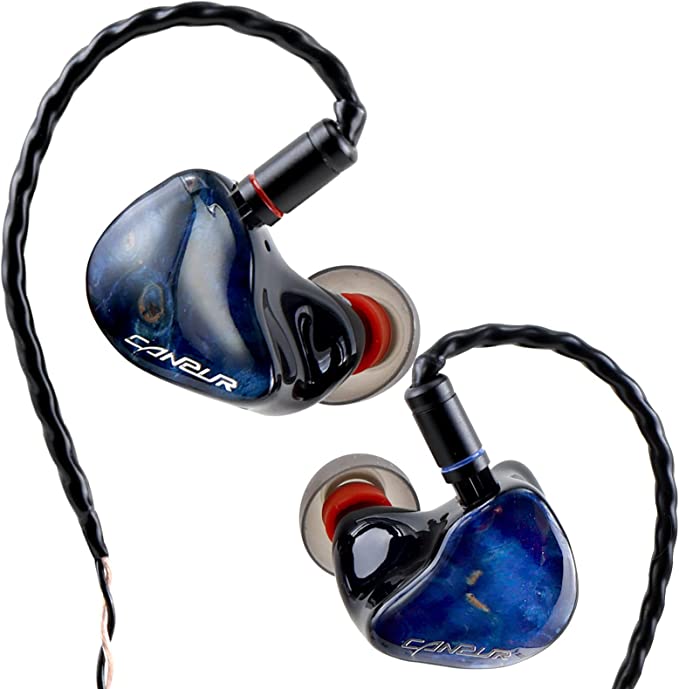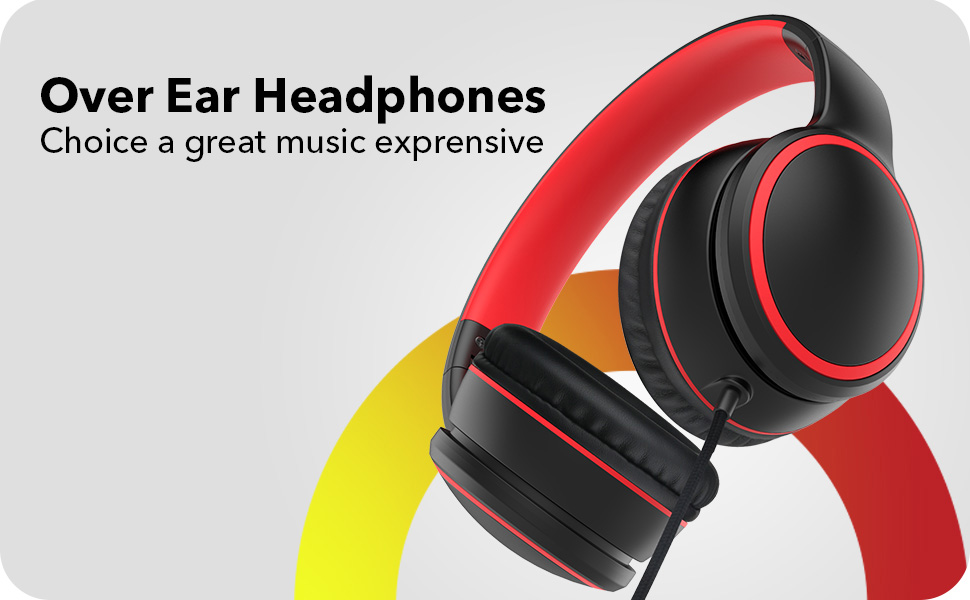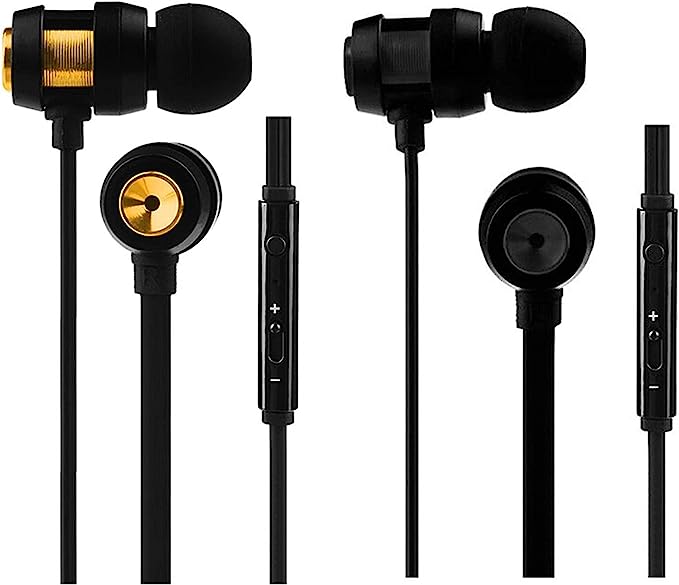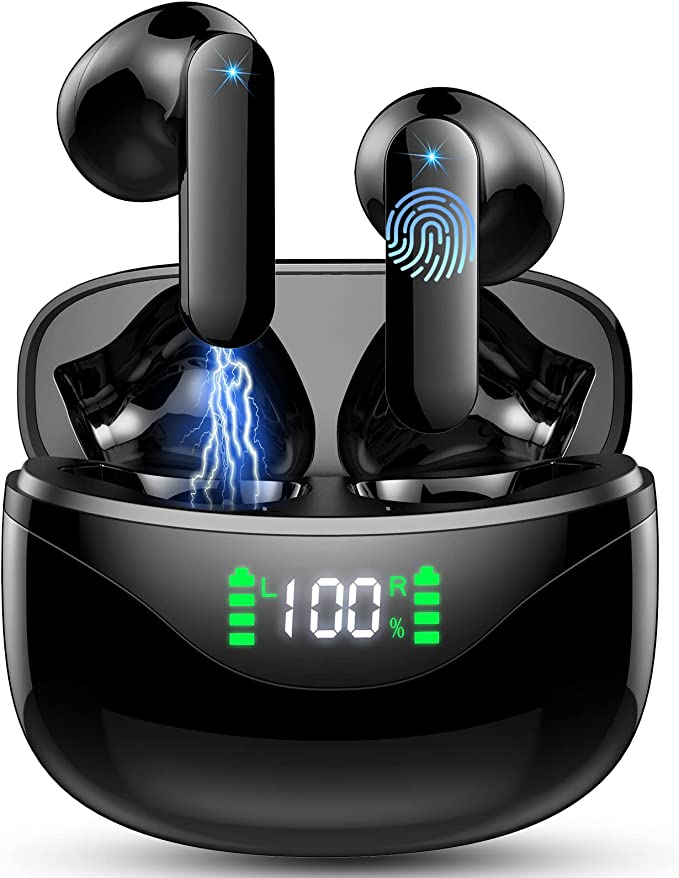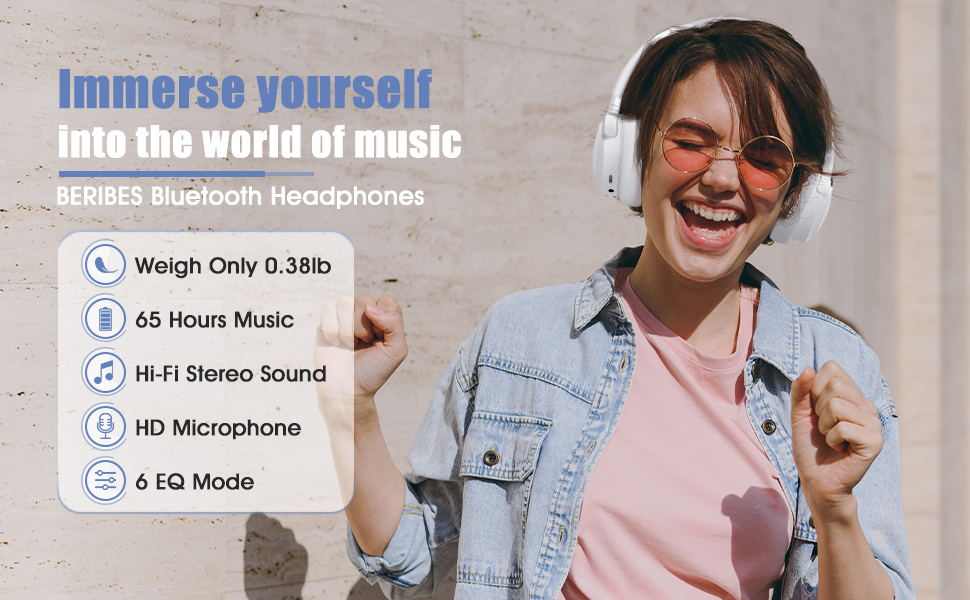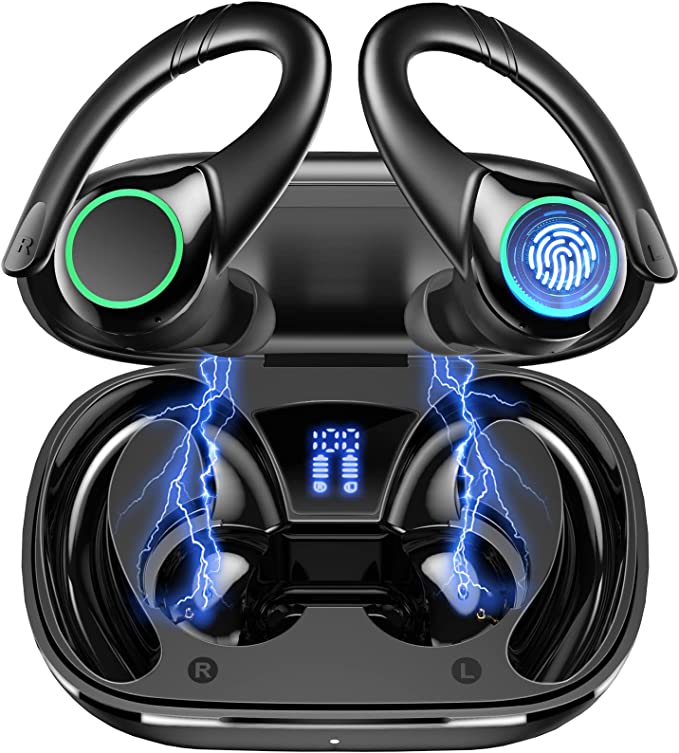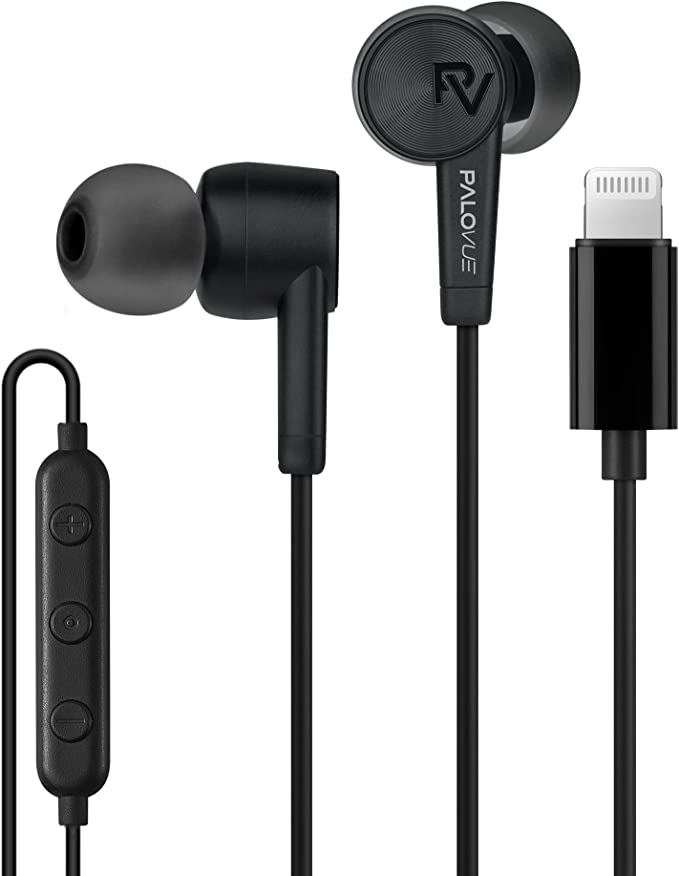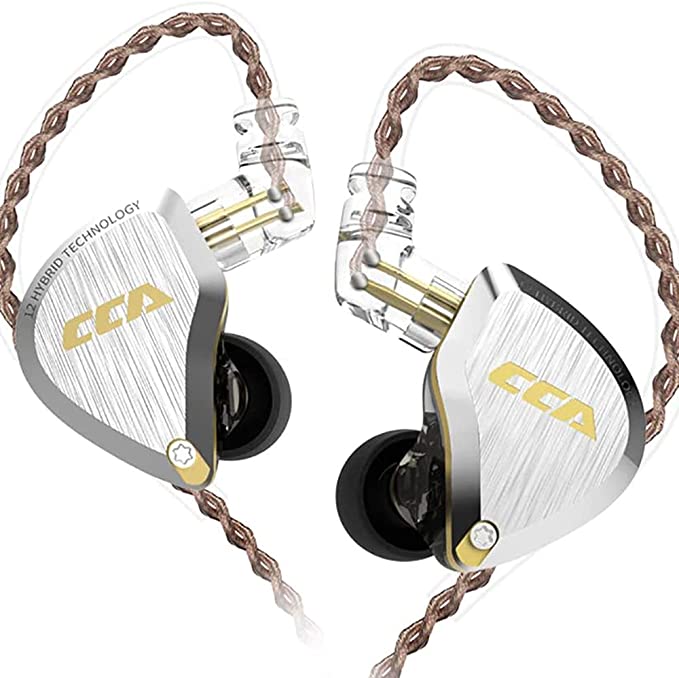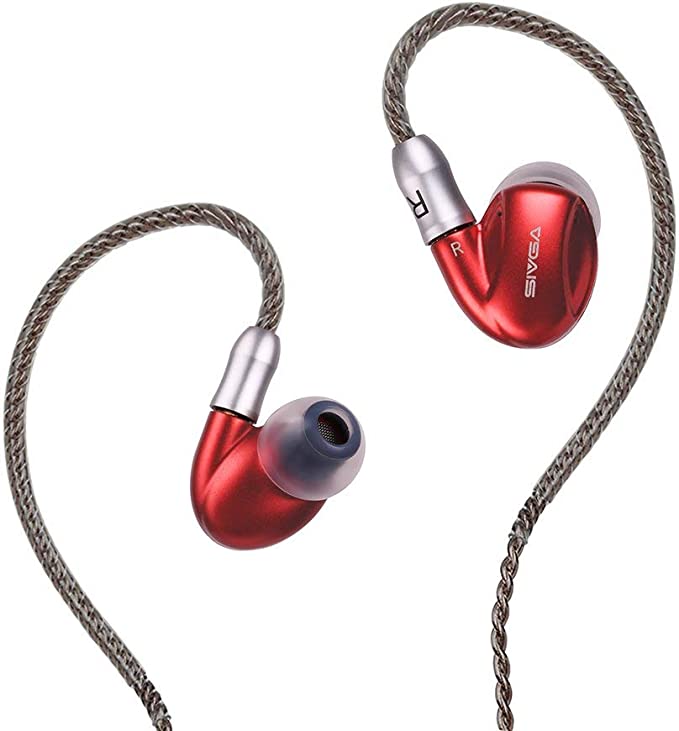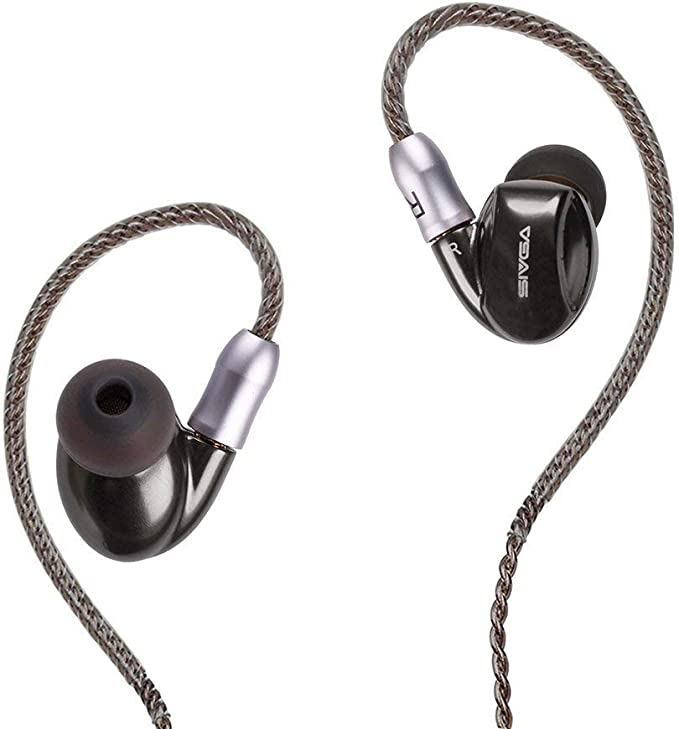Panasonic RP-HV094E-K Earbuds: Affordable Sound for Everyday Listening
Update on July 24, 2025, 12:58 p.m.
It sits coiled in the forgotten corner of a desk drawer, a fossil preserved in a tangle of charging cables and old keys. It’s a pair of Panasonic RP-HV094E-K earbuds, its thin black wire a stark contrast to the wireless, AI-powered pods that dominate the present. It feels like a relic, an object from another time. To most, it’s ten dollars of disposable tech. But hold it to the light, and it becomes a time capsule. This simple device is a key that unlocks a century of private sound, public revolutions, and the timeless physics that gives music its soul. What can this ghost from the machine possibly teach us in a wireless world?
Everything.

The Birth of the Personal Bubble
Our journey doesn’t begin with the neon glow of the 1980s, but in the gaslit quiet of the late 19th century. Long before music was portable, the idea of personal sound was born out of a need for clear communication. In 1891, French engineer Ernest Mercadier patented a set of in-ear conductors, remarkably similar to modern earbuds, designed to be “light enough to be carried… while leaving the hands of the operator completely free.” They were, in essence, the first hands-free set.
A couple of decades later, across the Atlantic, an inventor named Nathan Baldwin was soldering wires to a headband at his kitchen table in Utah. In 1910, he crafted a set of sensitive “telephonic receivers” and, in a bold move, sent them to the US Navy. The Navy, initially skeptical, was astonished by their performance. Baldwin’s headphones, which isolated sound with remarkable clarity, became military-grade equipment. The purpose was still function, not art. The bubble of personal audio had been created, but it was a bubble of sterile isolation, not immersive escape.

From Mono to Stereo: The Revolution You Could Hear
The moment sound became art, the moment listening became an experience, can be traced to 1958. Jazz musician and inventor John C. Koss, along with his partner Martin Lange, created the Koss SP-3, the world’s first commercial stereophonic headphones. Suddenly, music was no longer a flat image coming from a distant point. It had dimension, space, and movement. You could hear the piano on the left and the drums on the right. For the first time, a listener could be placed directly inside the recording.
This innovation rippled from living rooms into recording studios. Artists like The Beatles began using multi-track recording and studio headphones to experiment wildly with the stereo field, creating soundscapes that were unimaginable just years before. Personal listening was no longer just about hearing; it was about feeling the architecture of the music itself.

The Engine of Sound: A Timeless Piece of Physics
What allowed this entire evolution to happen? The answer lies inside every one of these devices, from Baldwin’s bulky cans to our featherlight Panasonic earbuds. It’s the elegant, enduring mechanism known as the dynamic driver.
Imagine it as a miniature loudspeaker, a marvel of applied physics. When you press play, your device sends an electrical signal—a fluctuating current that is a perfect replica of the sound wave—down that thin wire. This current flows into a tiny, tightly wound voice coil attached to a flexible membrane, or diaphragm, often made from a durable, lightweight plastic like Mylar.
Here, the magic of electromagnetism takes over. As the current surges through the coil, it generates a magnetic field. This field interacts with a powerful, permanent Neodymium magnet fixed just behind it. The resulting push and pull forces the coil and the diaphragm to vibrate back and forth thousands of times per second, precisely mirroring the original electrical signal. These vibrations create pressure waves in the air—sound waves—that travel into your ear canal.
This fundamental principle has remained virtually unchanged for decades. The materials have become lighter, the magnets stronger, and the engineering more precise, allowing for a 6-gram earbud to perform the same essential task as a far heavier device from the past. The soul of the machine is the same.
1979: The Year the World Put on Headphones
If Koss made personal audio beautiful, the Sony Walkman made it ubiquitous. The release of the TPS-L2 model in 1979 was a cultural earthquake. It was a portable cassette player that wasn’t designed for recording, but purely for listening. It was a declaration of sonic independence. For the first time, you could curate a private soundtrack to your own life—on the bus, in the park, walking down the street.
The portal to this new world was a small, robust, universal standard: the 3.5mm headphone jack. And the headphones that plugged into it were often simple, lightweight dynamic-driver models—the direct ancestors of our Panasonic specimen. The Walkman, paired with these unassuming headphones, didn’t just sell millions of units; it redefined public space and our relationship with music forever.
An Honest Sound in a Digital World
Now, let’s bring our $10 time capsule back into the present and analyze its features not as limitations, but as honest design choices that reveal deeper truths.
The Wire: That thin, tangle-prone wire is a direct, physical link to the music source. In an era of Bluetooth, where audio is often compressed (a process known as lossy compression, used by formats like MP3 and AAC) to save bandwidth, the wire is a conduit for potentially lossless audio. It sidesteps the entire debate over codecs and signal degradation, delivering the electrical signal in its pure, analog form. It is a humble testament to the adage: the most reliable connection is a physical one.
The Sound Signature: User reviews of the RP-HV094E-K are telling. Some find the bass “reasonable,” while others describe it as having “practically non-existent” bass but “too much treble.” This isn’t a flaw; it’s a window into the science of psychoacoustics—the study of how we perceive sound. An engineer can’t make a $10 driver excel at everything. Instead, they make trade-offs, tuning its frequency response to prioritize certain sounds. By boosting the mid-range and upper frequencies, where the human voice resides, the earbud provides excellent clarity for vocals and podcasts. It’s a sound signature that leans into its communicative heritage, sacrificing the visceral rumble of sub-bass for the intelligibility of speech.
The Weight and the Warning: At just six grams, the earbud is a feat of minimalism. Yet, one user review rightly notes the thin wire raises durability concerns. This touches upon a sensitive nerve in modern tech: planned obsolescence. This simple device, by its very nature, wasn’t designed with a complex battery doomed to fail in two years. Its potential failure point is a simple mechanical one—a broken wire. There is an odd honesty in that, a stark contrast to the sealed, unrepairable black boxes we’ve grown accustomed to.
A Word of Warning From a Century of Loud
This journey from public communication to private immersion brought with it an unforeseen danger. With music available 24/7, directly in our ear canals, we began exposing ourselves to sound levels our ancestors never experienced. Health organizations have had to issue warnings that our greatest joy could become a source of permanent harm. The World Health Organization (WHO) and other bodies have established safe listening guidelines, generally advising against exposure to sound levels above 85 decibels (dBA)—roughly the loudness of a city bus—for more than eight hours a day. It is the great paradox of personal audio: the technology that can bring us so close to the music also holds the power to make it fade away forever.
The Enduring Echo
So, what is the final lesson from this ten-dollar piece of plastic? The Panasonic RP-HV094E-K is not an audiophile’s dream. It is something more important. It is a living fossil, a direct descendant of a century of invention, from Baldwin’s workshop to the streets of Tokyo in 1979. It is proof that the most elegant engineering is often the most enduring.
In a world chasing the next feature, the next update, the next wireless protocol, this simple, wired earbud reminds us of the unshakable fundamentals. It tells a story of physics, culture, and innovation. To understand its humble soul—the timeless dance of magnet and coil, the rich history in its simple plug—is to gain a deeper, more profound appreciation for every single note we hear, no matter what device it comes from. It teaches us that sometimes, to truly understand the future, you must first plug into the past.

